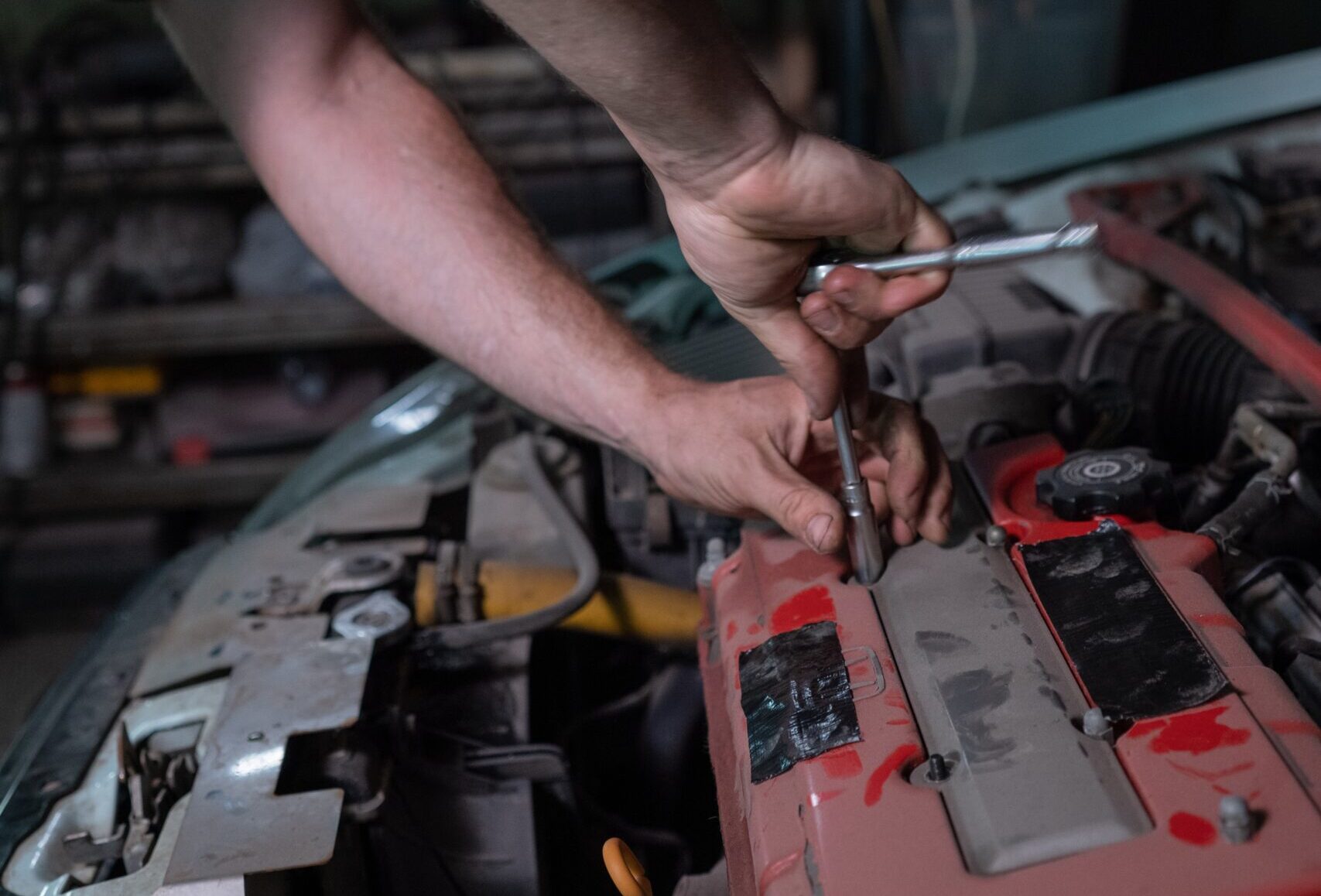As its name suggests, a dash camera is an accessory you install in your car. There are many reasons to want a digital dashcorder and various feature considerations for choosing the right solution.
Today, we’ll look at the key elements to consider when shopping for a dash camera. That way, you have a reliable basis for selecting the right fit for your automobile.
Features Can Vary
First things first, features can vary slightly, an essential tidbit to note. That’s because some may want close to hundred-percent compatibility between their ride and their chosen dashcorder.
You could be a parent worried about how your teenager is behaving behind the wheel and, thus, require a model with features that support that need. You may not be a ghost hunting camera, but it will help you see what your teenager has done while on the road.
The right dash camera tends to vary from one person or business to another, but chances are there is always an available solution.
The Dash Cam’s Primary Function
Before you start shopping, you must remember that the accessory’s primary function is to record what goes on while the car is in motion. So, it’s not something you get if your concern is keeping watch over a parked vehicle.
A basic battery-powered camera would be more suited to that purpose. Also, note that car cameras get powered by your vehicle; in most cases, by their cigarette lighter adapter.
Models that come with battery packs aren’t often capable of recording for long periods. If the car’s turned on, they could record for up to a few minutes. If not, an hour would still be a stretch.
Some dashcorders come with hardware kits, though these additions will consume more battery power. In some models, the energy consumption is high enough to completely drain the battery when the devices are left on for an extended period. Hardware additions may also call for professional installation.
Dash Cam Features
Here are the features to consider when deciding the right dash cam for your needs:
1. Field-of-View
Generally, the wider the front-facing camera’s field-of-view, the better it is. That’s because you’d normally want the coverage of the area fronting your vehicle to be wider. It allows you to spot animals, people, and other vehicles on the roadside.
2. Frame Rate
As important as, if not more important than, field-of-view is frame rate. Since recording is done in motion, particularly on highways, the accessory must be capable of recording without frame skips or suffering from blurry motion.
Models with higher frame rates are ideal, and they’re not all expensive. The minimum requirement of 30 frames per second should provide you with more than enough affordable options.
3. Operating Temperatures
Both minimum and maximum temperatures are usually indicated in most electronic devices. That said, we don’t often pay much attention to them. That shouldn’t be the case, especially when you reside in regions where temperatures can reach extremes.
Since your dashcorder is sealed in a car, it might not be able to withstand the searing temperatures of Arizona or the frigid chill of Chicago mid-winter.
4. Mounting Method
How the camera is mounted may also matter. You would think it’s all the same, but it actually isn’t. Give it a little thought, and you’ll realize that quite a few factors impact the way specific models are mounted. Windshield-mounted devices, for instance, are not recommended for warm and humid areas.
A leased vehicle may not warrant using a permanent adhesive on your dash cam. Mounts are not the be-all-end-all of the selection process, but they’re worth taking time to think about so you won’t have to go through the hassle of replacing them.
5. Built-in Screens
In most cases, these parts are integrated into the bodies of car cameras. They allow not only for reviewing videos but also for changing settings, such as the frequency in which video files get saved.
Most models have minimal storage, so you may need an SD card to save longer recordings. You need to remove and insert SD cards into the designated slots on your computers and laptops. This allows you to review footage and travel information using software or a third-party player.
6. WiFi module
Some devices have a WiFi module that connects them to smartphones via an application. This allows for better reviewing and managing video files on your mobile and convenient emailing to interested parties.
Not many dashcorders allow for cloud streaming or live monitoring over the web, but the few that do offer clear advantages. Then again, expect considerable cellular data consumption and additional fees to come with this choice.
The Dash Cam for Your Needs
Choosing a dash cam revolves mostly around the above factors that determine the right one for general user needs. That said, some needs can be quite specific and may require you to look into designs or features unique to a brand or a model. Should that be the case for you, don’t hesitate to research the matter further so you can land a dash cam with the correct specifications.







